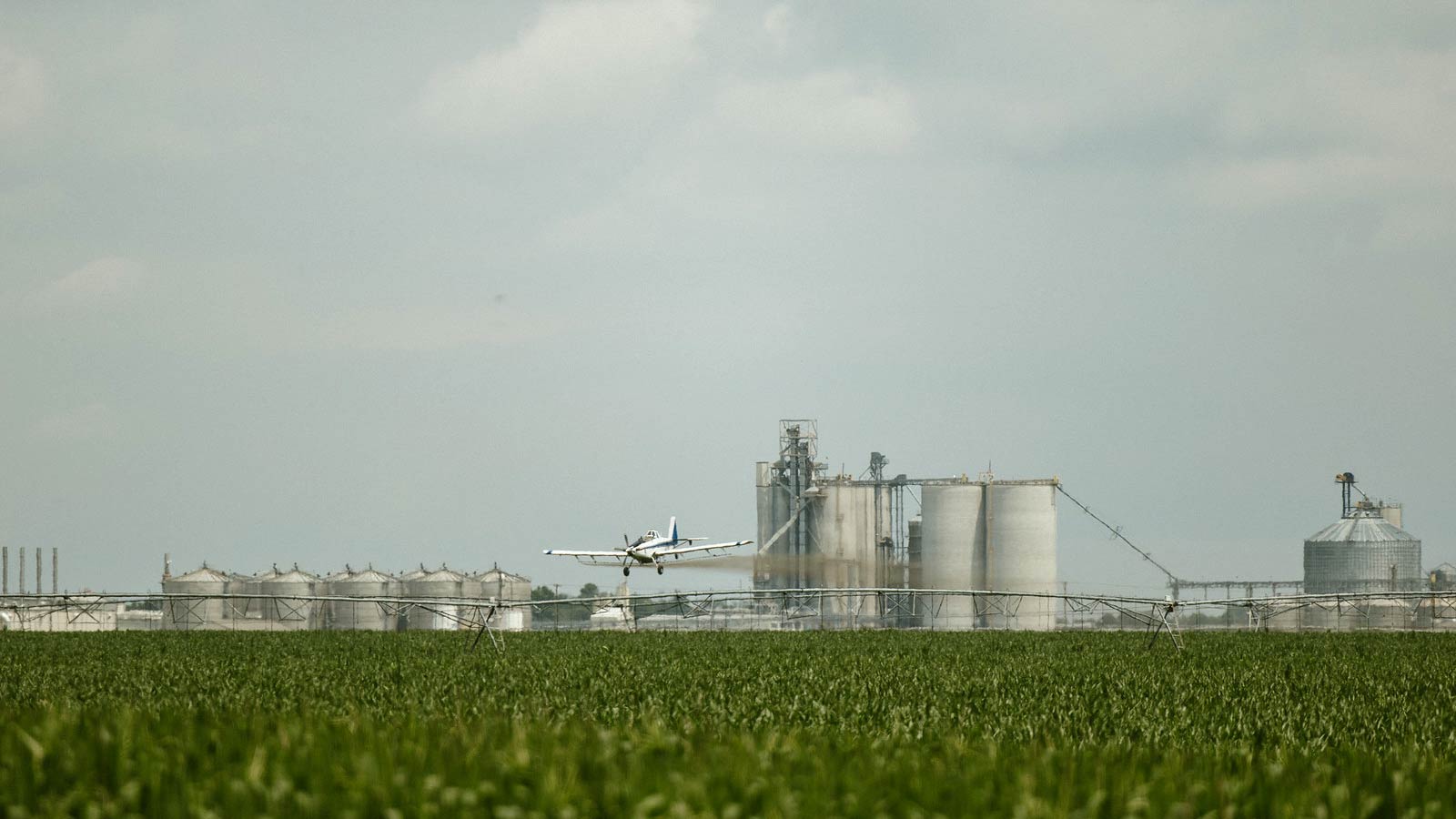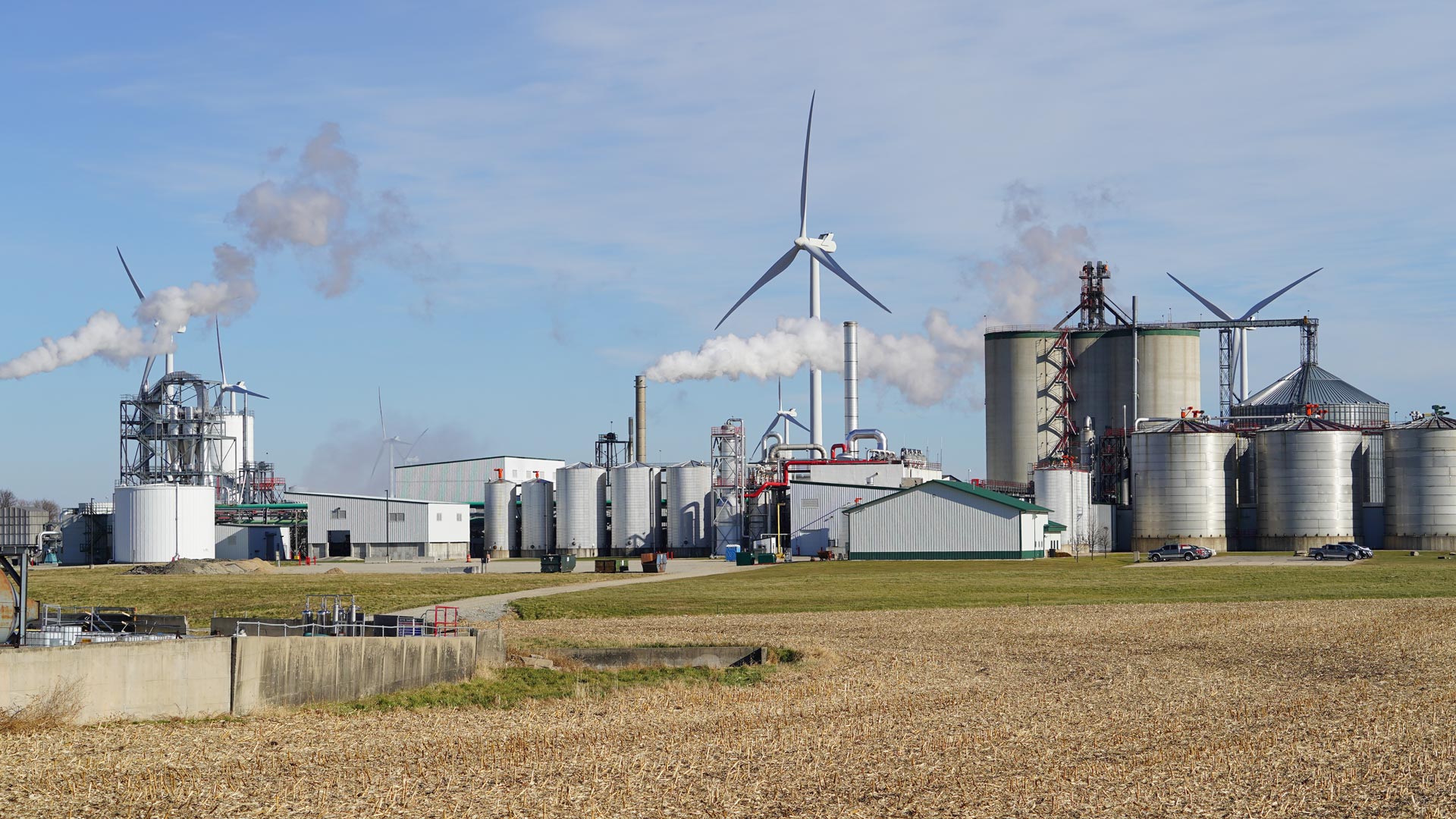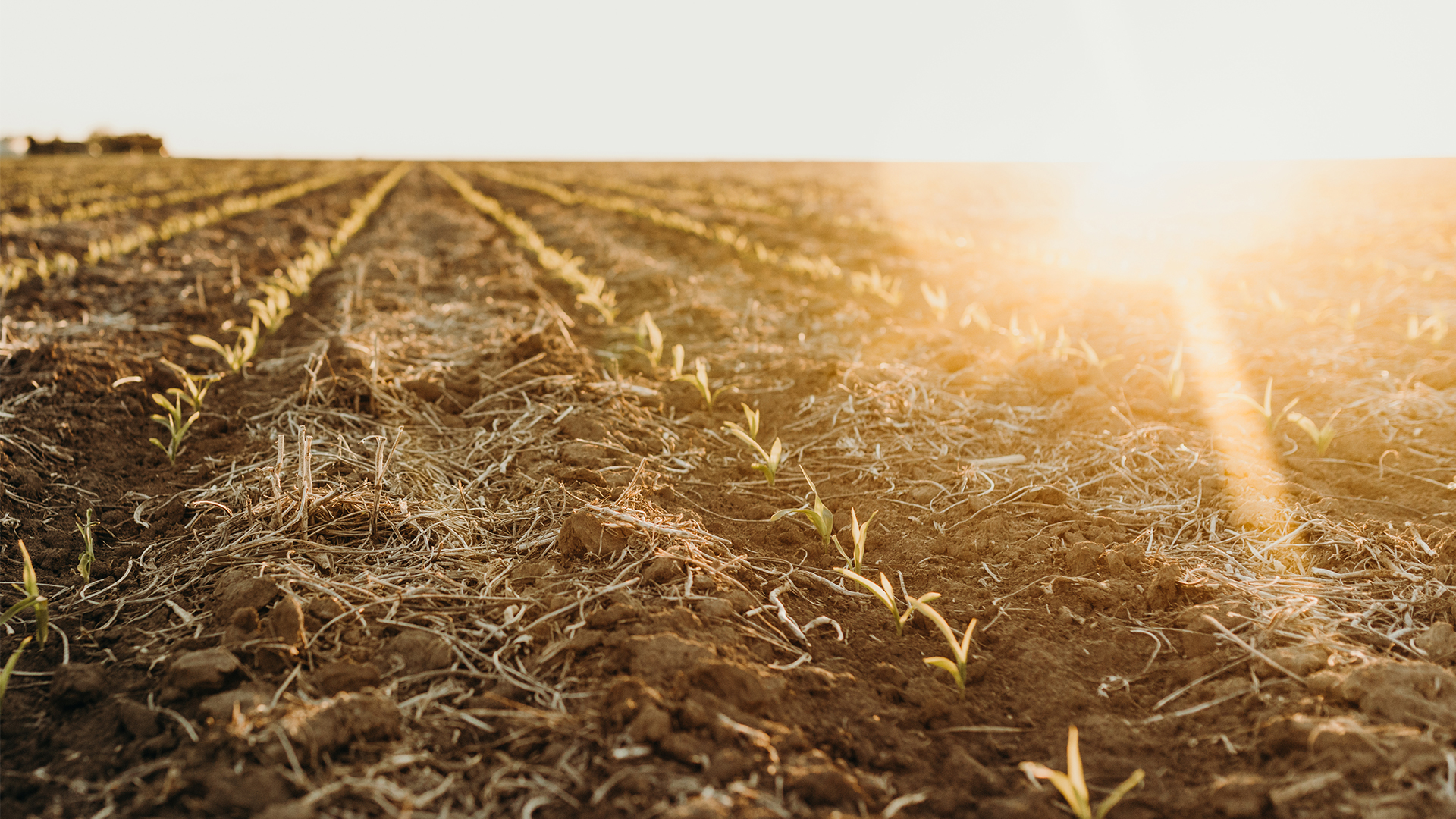Corn products are an integral part of people’s daily lives, both here in the United States and around the world. But did you also know it’s the foundation of diets for many livestock animals?
Farmers feed their animals field corn for a variety of reasons, including its affordability and nutritional value necessary for proper growth and development. With its numerous benefits, it’s no wonder why corn is so popular for livestock feed!
Learn more about why farmers feed corn to cattle, pigs and chickens.
Why Cattle Eat Corn Instead of Just Grass
While cattle are herbivores, they can also eat corn as part of their diet. They eat all parts of corn, including stalks after harvest, and cracked or rolled corn.
Cattle can also eat:
- Distillers grain—an ethanol byproduct containing leftover solubles and starches. It’s an excellent source of protein, fiber and fat and is available as wet, modified or dried, depending on a farmer’s proximity to an ethanol plant.
- Corn gluten feed—an ethanol and corn dry milling byproduct that’s high in protein and carbohydrates and essential amino acids, as well as being low in phosphorus to help with growth.
Why Farmers Feed Cattle Corn Instead of Grass – Or as a Mixture with Grass
There are a few reasons why farmers may feed their cattle corn, or as a mixture with various grasses or silage:
- Efficiency—Corn is a high-energy feed that can help cattle to maintain their weight and to produce milk or meat more efficiently than a diet of only grass or hay.
- Convenience—Corn can be stored and transported more easily than fresh grass or hay. This makes it a more convenient feed option for farmers who may not have access to fresh forage or who feeding their cattle during the winter months when grass may not be available.
- Feeding large number of cattle—Feeding large number of cattle with grass takes lots of pasture land. Corn can be stored and fed in large amounts, making it a more practical feed option for large-scale operations.
- Supplementation—Corn can be fed as a supplement to cattle’ primary diet of forages, providing extra energy and protein.
Why Pigs Eat Corn and Why It’s Good for Them
Pigs eat corn in the Midwest because it is an accessible, nutrient-dense source of energy that provides essential nutrients. Here are a few more reasons why farmers feed it to them:
- Contains fat and protein, which helps pigs reach their desired weight quickly and efficiently in a clean, sustainable way
- Rich in carbohydrates, which helps pigs grow and maintain their body temperature during colder weather.
- Good source of starch and fiber, which regulates the pH in a pig’s stomach and ensures healthy digestion.
- High in essential vitamins and minerals like vitamin C, which is important for vision, and vitamin E, an antioxidant that protects cells against damage.
What Goes into Pig Feed
As a versatile feed ingredient, corn can be fed whole, ground or made into pellets, and it can also be mixed with other ingredients to create a balanced and nutritious diet for the pigs.
Pig feed is typically made of a combination of different ingredients, including grains, protein sources, minerals and vitamins.
The specific ingredients and rations used in pig feed can vary depending on the age of the pigs, as well as the desired outcome of the production, such as growth, reproduction or lactation.
Some common ingredients found in pig feed include:
- Grains—corn, barley, oats and wheat, which provide energy and carbohydrates for the pigs.
- Protein sources—soybean meal, fish meal, and meat and bone meal, which provide essential amino acids for muscle growth and maintenance.
- Minerals—calcium, phosphorus and salt, which are important for proper bone development and overall health.
- Vitamins—vitamins A, C, D and E, which are important for growth, reproduction and overall health.
In addition to these core ingredients, pig feed may also contain other ingredients such as fats and oils, enzymes and probiotics to promote growth and health. All are important and needed for healthy pigs.
What Kind of Corn Pigs Eat
Pigs can eat different types of corn, but the most common type of corn used in pig feed is called dent corn or field corn. In Nebraska, field corn accounts for 99% of the corn farmers grow each year for livestock feed, ethanol, and food products like corn oil and exports, among other uses.
Another type of corn that is sometimes used in pig feed is high-oil corn. This type of corn is higher in energy compared to regular corn and it can also be used as a source of fat in pig feed.
Pigs can also eat whole-grain corn, which is corn that has not been ground or processed. Much like whole-grain products we eat, this preparation method means the corn is high in fiber and can be beneficial for promoting healthy digestion in pigs.
How Much Corn Pigs Eat Per Day
The amount of corn that a pig eats per day can vary depending on several factors such as the age and size of the pig, its stage of growth and the overall diet that it is being fed.
On average, a growing pig will consume around 3-5 pounds of feed per day, with corn making up a significant portion of that feed. For example, a diet for a growing pig might consist of around 50-70% corn.
For finishing pigs, which are fed to increase the weight before they are sent to market, they eat around 6-8 pounds of feed per day, with corn still making up a significant portion of that feed.
Why Chickens Are Fed Corn
Corn is a commonly used ingredient in commercial chicken feed because it’s an inexpensive and readily available source of energy and protein for chickens. Much like pigs, chickens benefit from the:
- High carbohydrate content, which provides energy for chickens to grow and maintain their body temperature.
- Good source of protein, which provides essential amino acids for the growth and maintenance of muscle tissue.
Other ingredients that may be included in chicken feed include:
- Soybean meal, which is a rich source of protein.
- Fish meal and meat meal, which provide additional protein and essential amino acids, as well as vitamins and minerals to support the chickens’ overall health and growth.
The composition of chicken feed can vary depending on the stage of growth and production of the chickens. For example, layer hens will have different nutritional needs than broiler chickens.
Why Corn-Fed Chickens May Have Yellow Feathers – and Taste Better
Corn-fed chickens may have yellow feathers due to the presence of a naturally occurring pigment called xanthophylls in corn.
Xanthophylls are carotenoids, which are pigments that give fruits and vegetables their yellow, orange and red colors. When chickens consume feed that contains xanthophylls, the pigments are deposited in the chickens’ fat and skin, giving them a yellow color.
There is some debate on whether chickens that are fed corn taste better than those that aren’t, but it depends on what flavors you prefer.
In general, chickens that are fed corn have a sweeter, more flavorful taste because the corn adds natural sugars to the meat. Chickens that eat grass and insects may taste more complex, or gamey.
It’s also worth noting the method of raising the chicken and the specific breed of chicken can also affect the taste.




